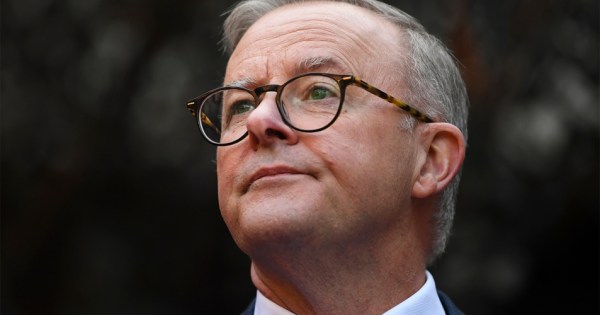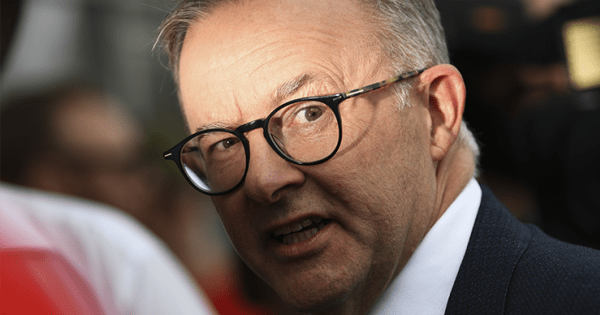The
Sol Show has turned full circle today. After being a stock you wouldn’t
want your mother to buy, the Telstra strategic hoopla has come down to
promising a stock the world will want to buy in T3.
The vision
is indeed splendid and, if it can be believed, will help get the final
privatisation of Telstra away. But first it must be believed.
“Trust
me – I lived through the 1980s,” said Sol Trujillo this morning, or
words to that effect. I somehow suspect the vast majority of Telstra
shareholders did too.
The lesson learned from being in the
American telephone business when it was restructured two decades ago
seems to be that you have to look for growth wherever you can find it
and keep cutting costs. I don’t think anyone had to go to business
school to learn that.
Sol has set some big targets to deliver
in 2010, such as higher EBIT margins for the business – in the low 50%
area. That is perhaps the most amazing claim, that such very fat
margins won’t inevitably attract competition to eat away at it. Telstra
shareholders will want to see that. Such margins are generally only
available to those with effective monopoly power.
So how do Sol and his Three Amigos intend to deliver? The big strategy unveiled this morning is outlined here. It basically comes down to:
- No more silos at Telstra, just one big happy business – already announced.
- It’s all about customers – what business isn’t?
- Costs have to be cut and the business simplified, Telstra has
to be the lowest cost telco. Costs will be the same in 2010 as they are
this year. It means cutting nearly 20% of the work force over five
years, taking 10,000 full-time equivalent jobs away from the present
52,000. - Sensis is the best directories business in the world and it will double its revenue base to $3 billion over the next five years.
- And the big one: broadband is where it’s going to be,
broadband is everything, it’s what mobile phones were 10 years ago.
After all the early bluff and bluster and finger pointing by the
cowboys about the way Telstra had been run, especially the charge that
there was under-investment in the business, this is where it comes down
to a hard number, announcing that the company will roll out a next
generation IP network.
It’s an investment of $10 billion
over five years, which might sound impressive at first glance but is
really only an incremental increase over existing plans of somewhere
between $2 billion and $3 billion. At the midpoint over five years,
that’s just an extra $500 million a year, which is hardly earth
shattering when viewed on Telstra’s scale.
It’s also not
substantially different to what Ziggy’s team was banging on about – not
as loudly, not as colourfully, but still pretty much what the old team
was saying.
Of course it’s all about execution, again as
outlined in B School 101. The American top-down culture is promising to
massively simplify Telstra, give customers everything they’ve ever
wanted and more, do everything better and cheaper and more profitably
with 20% fewer people.
Well, we’d all like to see that.







Crikey is committed to hosting lively discussions. Help us keep the conversation useful, interesting and welcoming. We aim to publish comments quickly in the interest of promoting robust conversation, but we’re a small team and we deploy filters to protect against legal risk. Occasionally your comment may be held up while we review, but we’re working as fast as we can to keep the conversation rolling.
The Crikey comment section is members-only content. Please subscribe to leave a comment.
The Crikey comment section is members-only content. Please login to leave a comment.